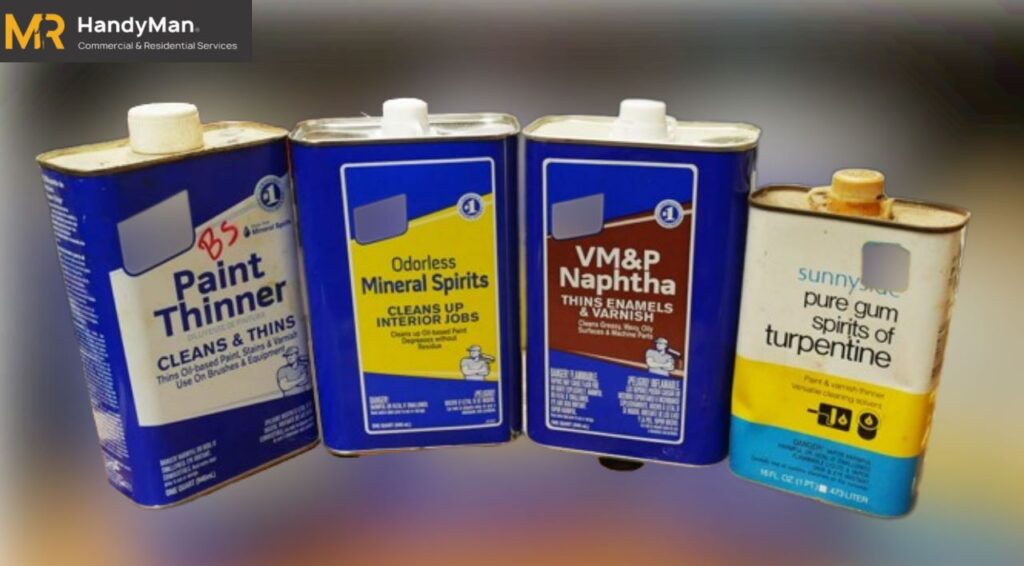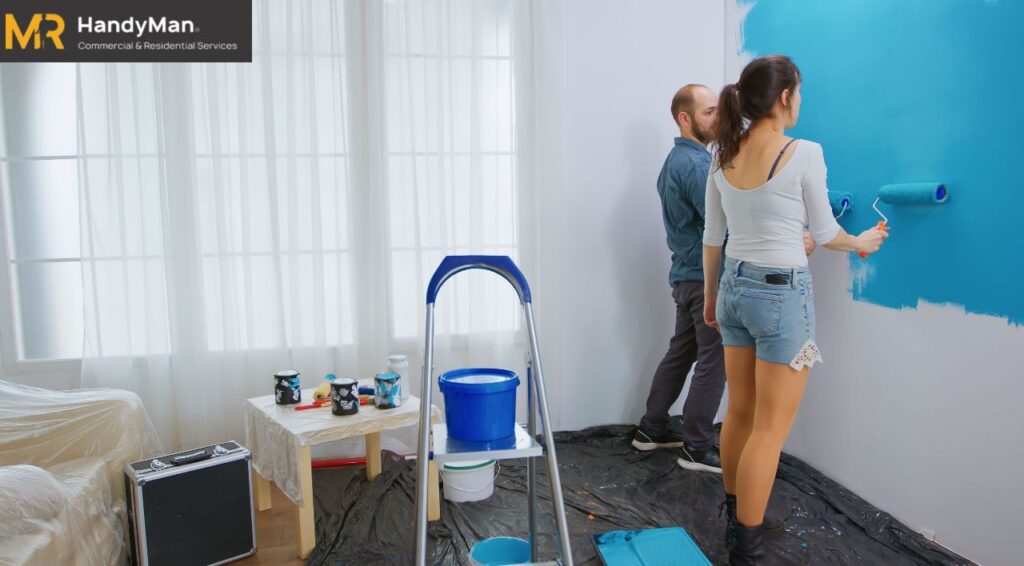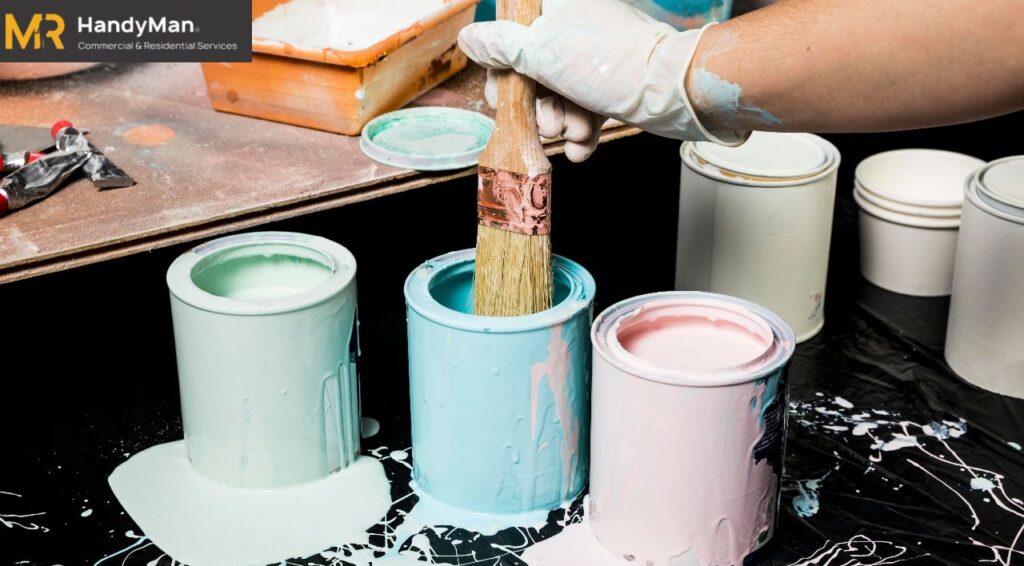How to use a thinner ffectively

Paint thinner is a broad term and primarily refers to various solvents designed to thin paint and remove paint from rollers, brushes, and various other painting supplies. How to use paint thinner effectively, examples of thinners:
- Turpentine
- Toluene
- Xylene
- Acetone
Although oil-based paints are good choices in certain applications, latex-based primers and paints are suitable and versatile. You must know how to effectively use paint thinners or solvents to thin paints and clean brushes when you’re using oil-based products. Keep reading if you want to learn more about how to use a thinner effectively.
Safety Considerations
There are some safety considerations that you must consider before using. Because most paint thinner includes harmful chemicals that are hazardous to your mouth, nose, lungs, and eyes. Always work in a well-ventilated area as paint thinners are caustic and harmful to skin.
You should use breathing protection, gloves, long pants, and safety goggles to prevent eye irritation these are some ways how to use paint thinner. You must avoid working with thinner in closed or low-vent locations. When you’re working indoors use mechanical ventilation. You should use a fire extinguisher.
How Much to Use

Before using you should know how much to use thinner. Until desired results are obtained apply thinner slowly. Often, paint manufacturers include a recommendation on the amount of thinner to be used. When you have added too much thinner, then the paint will shade when it is applied which causes some problems once you’re done. Paint needs to be even thinner when you’re using spray paint or a sprayer to avoid clogging the machine.
How to Thin Paint Properly
Step: 1 Choose an Appropriate Thinner
The first step you need to think about is choosing the appropriate thinner. Purchase a thinner which is appropriate enough for the type of paint and the method of application you are using and how to use paint thinner as well as choose. You must need a thinner mixture of paint when you’re spraying paint onto a surface. For oil-based paints paint thinner for latex paints is not appropriate. Read all the information that is labeled and instructed. However, if you need any additional help, our expert MR handyman can assist you.
Step 2: Use the Right Quantity of Thinner
The second step using a thinner is using the right amount of thinner. Use minimum amounts of thinner at a time. Refer to the paint to thinner ratio recommendations on the paint can. For normal liquefaction, a finer ratio of 3:1 and 4:1 or similar is appropriate. The thing you need to keep in mind is to keep the amount of paint higher than the amount of paint thinner along with how to use paint thinner.
If it isn’t in the proper ratio, then the paint might shade, and too thin can cause the color shade to be lighter. This will create a problem for the furnished surface. It is important to note that each category and the procedure of application needs particular techniques and consistencies. The mixture should be very thin for the paint gun doesn’t clog.
When you’re mixing paint and thinner, consider all the manufacturer’s directions. Also, measure out the prescribed paint ratio and then pour it into the mixing bucket. As you stir with the paint stirrer add the right amount of thinner at a time. Start mixing paint and thinner for several minutes and check the consistency periodically.
HELPFUL TIP FOR USE THINNER EFFECTIVELY
Add thinner to paint which is at room temperature in order to avoid the mistake of using too much thinner because cold paint can appear thicker than it is and that is deceiving.
Step 3: Test the Mix

The third step is testing the mixture and know how to use paint thinner. For evaluating the results, you should apply two coats of your paint or a thinner mixture using your chosen method on the appropriate surface. After this step back and check the results. Made it clear that the layer of paint fully covers the surface, and you can’t see the surface underneath. If the paint is not thin enough, then add a small quantity of thinner to the mixture. After that re-apply the test.
Storing Paint Thinner
Once you’ve learned how to use paint thinner effectively, you need to know how to store it. After use, the paint thinner should be tightly closed and stored in a cool, dry place. Also note the manufacturer’s information on the ideal storage temperature. As long as the storage temperature is not too high in summer, the thinner should be stored in a basement, shed or garage, etc. The temperature must not be too high, otherwise the diluent will evaporate, the container is explosive.
Also, it will catch fire when the paint thinner is typically a flammable substance.
Applications of Thinner
- Once you’ve finished your job paint thinner can be used to clean your equipment and tools.
- When you’re using oil-based paint it can also serve as a cleaner for your tools.
- To reduce or thin the viscosity of the paint, paint thinner can also be used so it can be used in sprayer applicators.
- Paint thinner serves its application to prevent paint from hardening when it is left open.
You should keep in mind that the paint thinners should not be used with shellac, latex, and lacquers.
For more information

